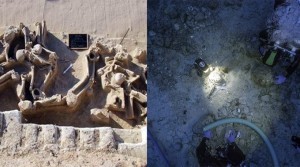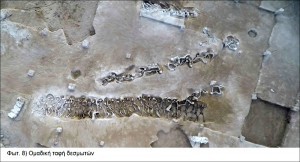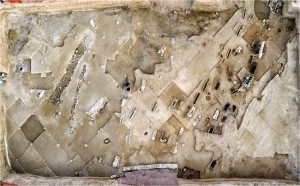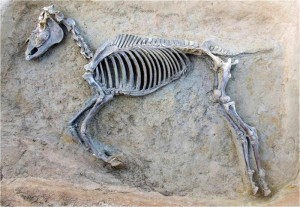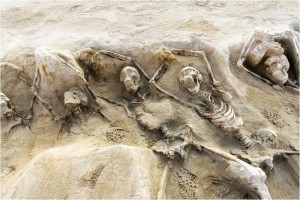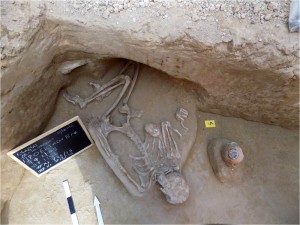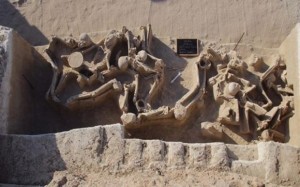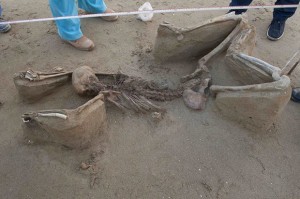Two archaeological findings in Greece, the Antikythera Man and the mass grave at Pheleron Delta were included in the top 10 discoveries for 2016 by “Archaeology” magazine. The publication is published by the Archaeological Institute of America and its editors announced their picks for the most compelling finds of the year expiring in two weeks. Following is the complete list:
Phaleron Delta mass grave
The end of the seventh century B.C. was a tumultuous period in Athenian history. Though once ruled by a king, the increasingly powerful region of Attica, home to Athens, had come to be presided over by aristocrats who maintained their hold on power through landownership and lifetime appointments. But as the century drew to a close, the political climate was primed for a new type of government—that of a single ruler, or tyrant. An evocative gravesite on the outskirts of Athens is a testament to this contentious moment in history.
Excavators at the Phaleron Delta necropolis have uncovered the remains of 80 men, shackled together at their wrists, lying in a mass grave. The most recent osteological studies have determined that the majority of the men were between 20 and 30 years old, although four were much younger, and that all 80 had been killed in the same manner—with a fatal blow to the head. The discovery of two small vases buried with them has allowed archaeologists to date the grave to the mid-to-late seventh century B.C., suggesting to project director Stella Chrysoulaki that the men were executed in the course of one of these attempts to gain political primacy. “For the first time,” Chrysoulaki says, “we can illustrate historical events that took place during the struggle between aristocrats in the seventh century and led, through a long process, to the establishment of a democratic regime in the city of Athens.”
source: archaeology.org
The Antikythera shipwreck (circa 65 B.C.) is the ancient world’s largest, richest, and perhaps most famous wreck. Discovered in 1900 off the Greek island of Antikythera, the site has yielded hundreds of treasures, including bronze and marble statues, as well as the Antikythera Mechanism, often referred to as the world’s oldest computer. However, an important new discovery was made in summer 2016 when an international team recovered a human skeleton there. The remains, which include parts of the cranium, jaw, teeth, ribs, and long bones of the arms and legs, most likely belonged to a young male. Evidence of at least four other individuals had previously been found at the site, but the newly discovered remains are the first to be uncovered in almost 40 years—and during the age of DNA analysis. According to ancient DNA expert Hannes Schroeder, the discovery might provide the first opportunity to examine the genetics of an ancient mariner. “Human remains from ancient shipwrecks are extremely uncommon,” he says. “DNA analyses can potentially provide fascinating new information on the crew’s genetic ancestry and geographic origins.”
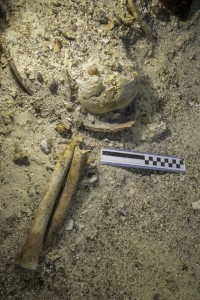

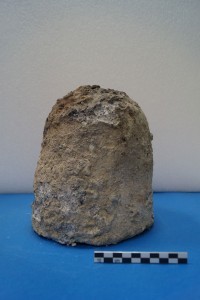
Project codirector Brendan Foley suggests that the individual may have been trapped belowdecks when the ship smashed into the rocks and sank. Parts of the skeleton discovered in 2016 remain in situ and will be further excavated this summer. Foley believes that even more human remains may survive at the site along with other precious cargo.
London’s Earliest Writing

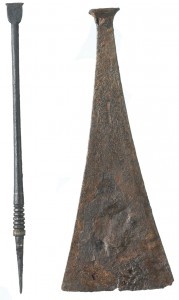
(Courtesy © MOLA)
Angkor Urban Sprawl

Courtesy Damian Evans/CALI)
World’s Oldest Dress
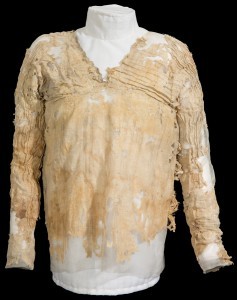
(Courtesy Petrie Museum of Egyptian Archaeology)
Early Man Cave
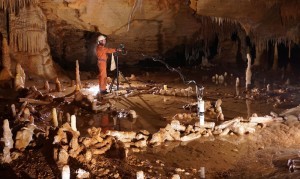
Courtesy © Etienne FABRE-SSAC)
Peruvian Woman of Means
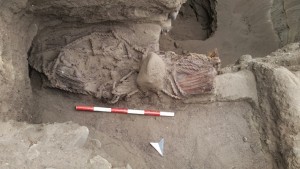

(© Zona Arqueológica Caral)
10,000-Year-Old Turf War
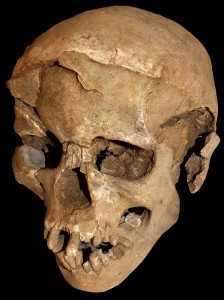
(Image by Marta Mirazon Lahr, enhanced by Fabio Lahr)
Spiritual Meeting Ground
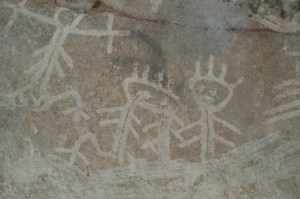
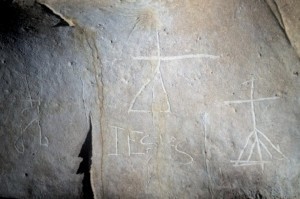
(Courtesy Jago Cooper)
Salem’s Lost Gallows
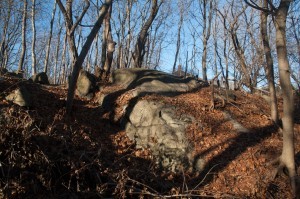
(Courtesy Emerson Baker)
Ask me anything
Explore related questions
